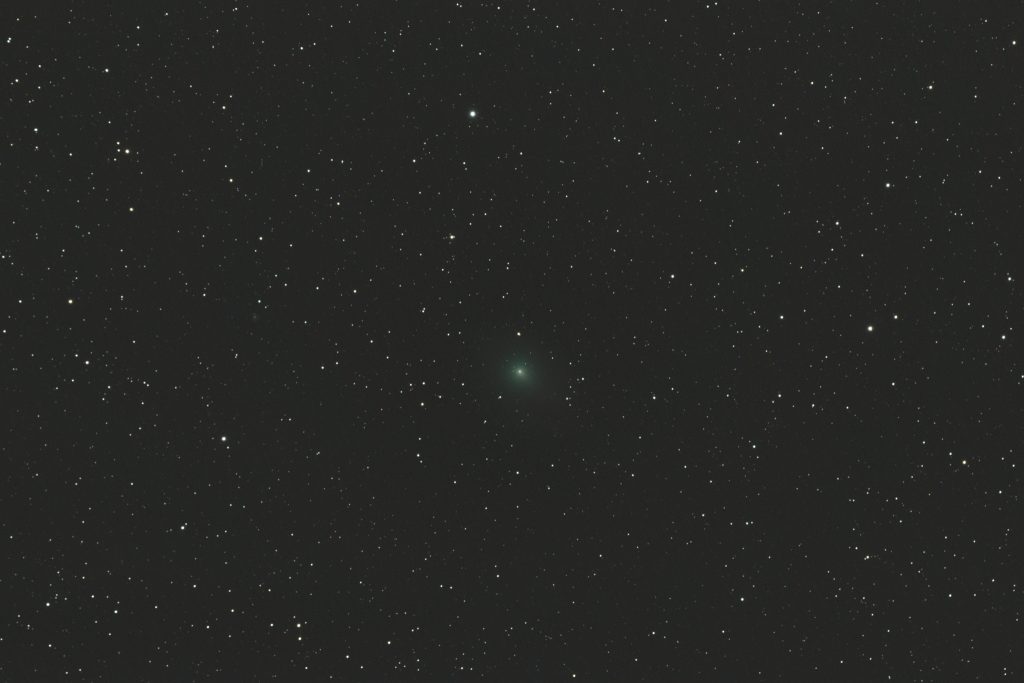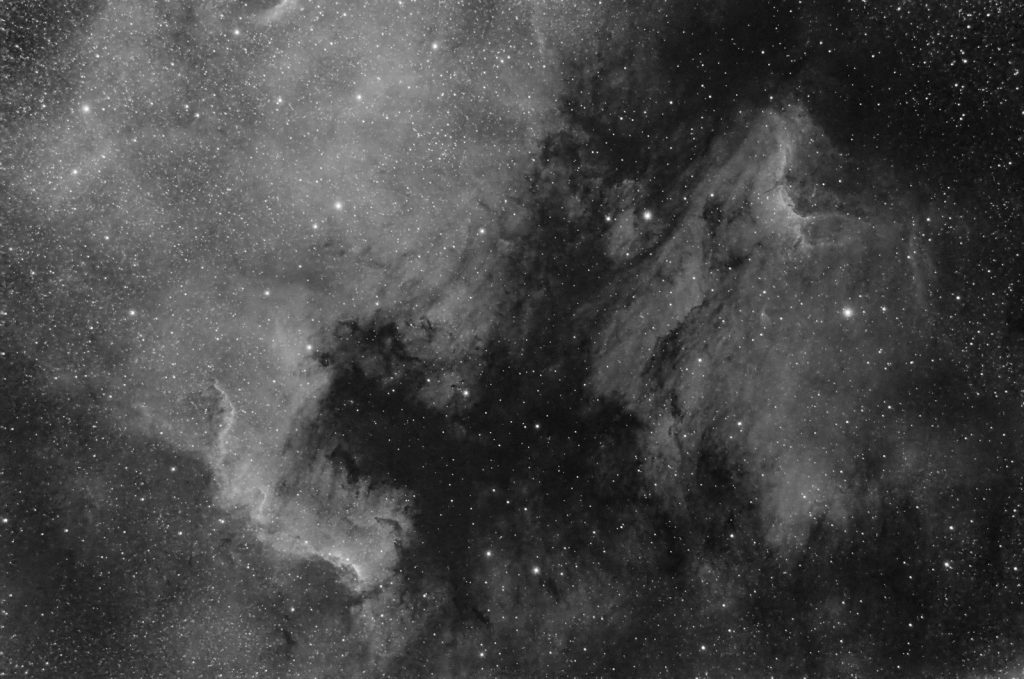
The North America (NGC7000) and Pelican Nebula (IC7000) get their iconic shapes from an obscuring cloud of dust that is silhouetted against the glowing cloud of ionized hydrogen.
Read More
The North America (NGC7000) and Pelican Nebula (IC7000) get their iconic shapes from an obscuring cloud of dust that is silhouetted against the glowing cloud of ionized hydrogen.
Read More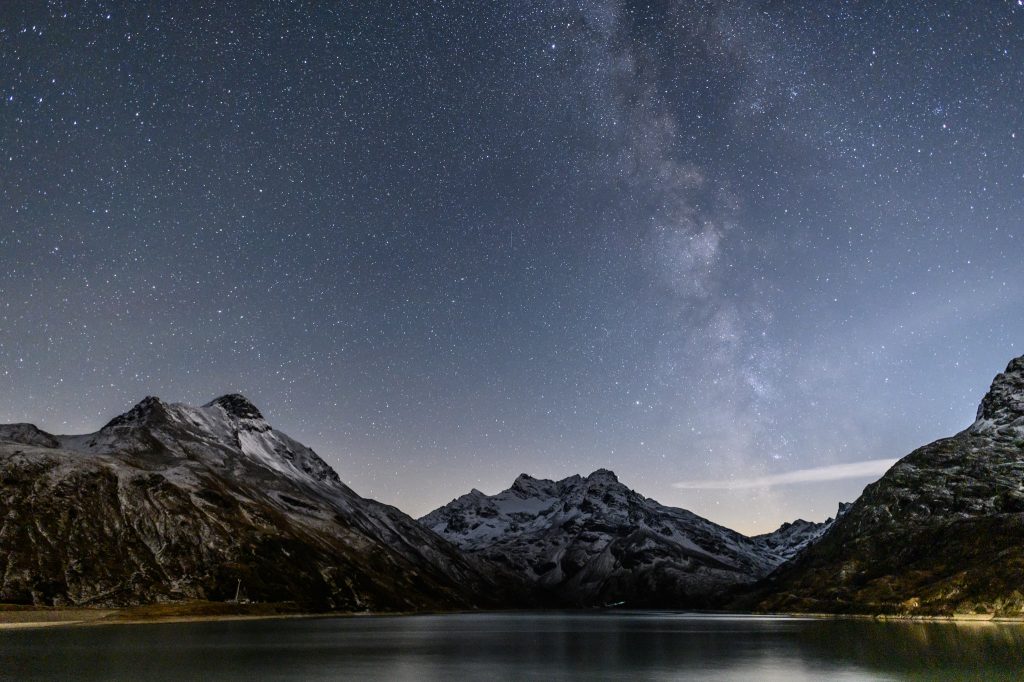
I used the new moon weekend before the nights become too short later in June to shoot some images of the summer Milky Way.

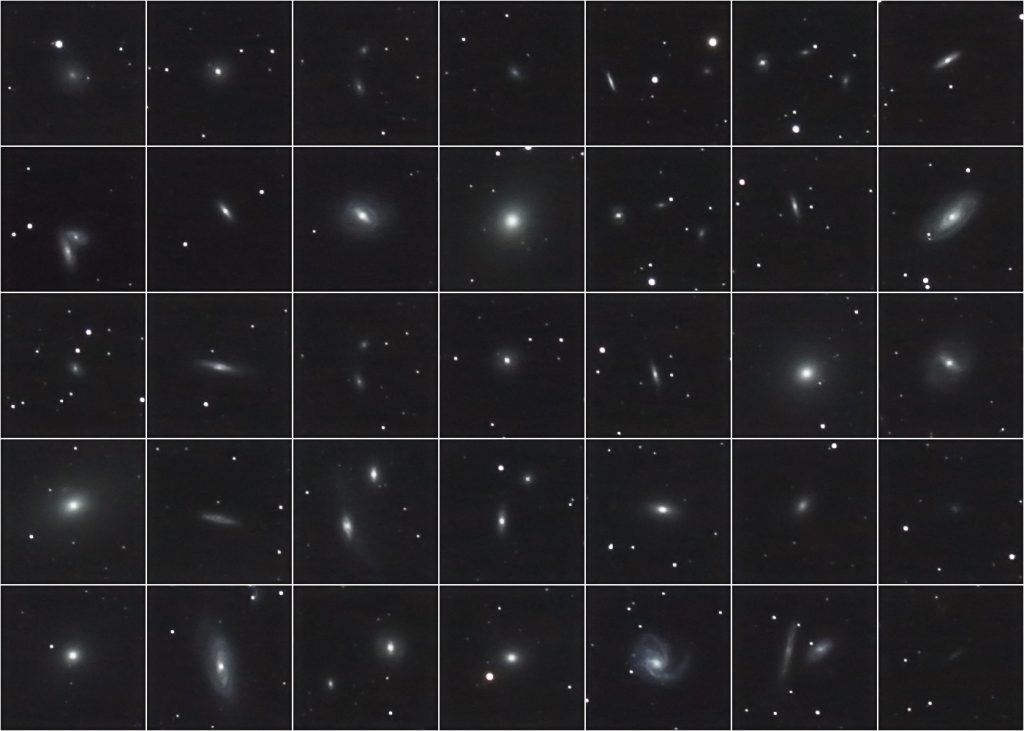
The constellation Virgo is home to the Virgo galaxy cluster, the largest in our vicinity (if you count millions of lightyears as vicinity). The image above are individual crops from an image taken with a 60mm refractor telescope.
Read More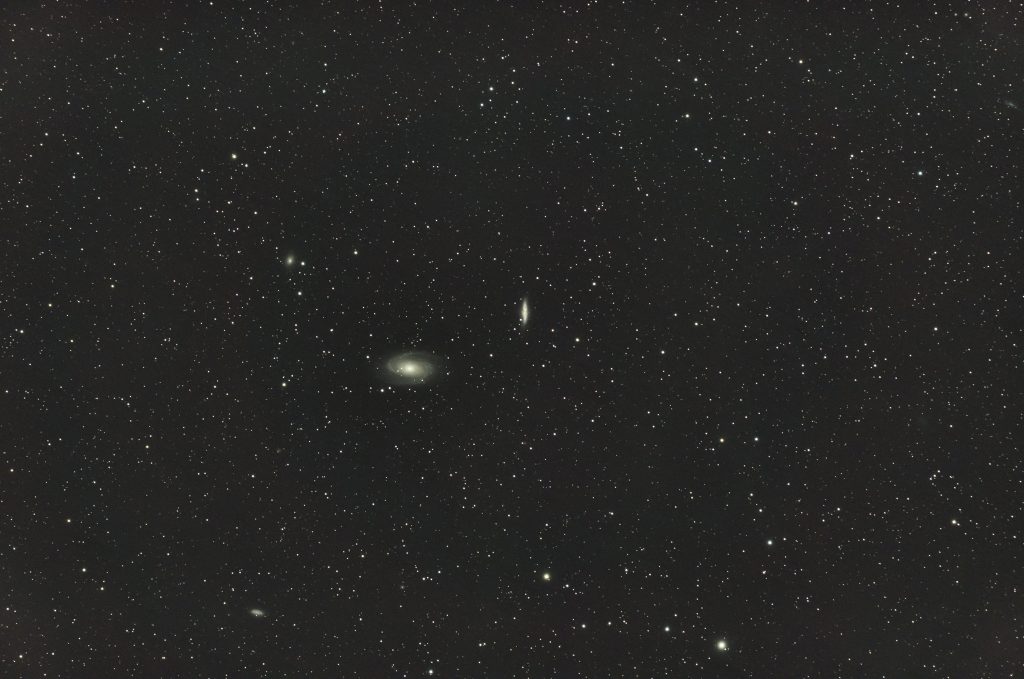
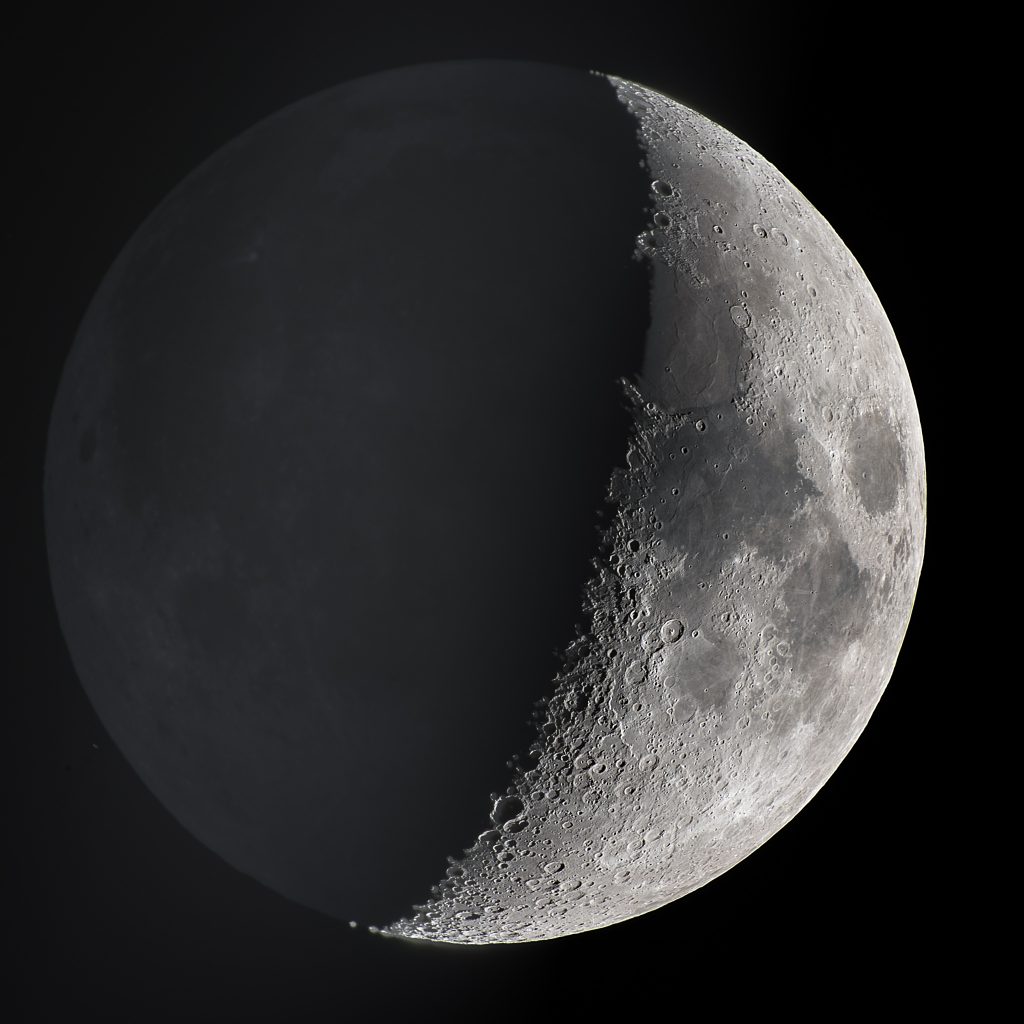
I used the 127mm f/8 refractor together with a Nikon TC20EIII teleconverter on the Nikon D750, resulting in a focal length of about 2m. The picture is a combination of 24 exposures of 1/20s. First I aligned the pictures using PIPP to be able to stack them in AutoStakkert 3. Sharpening was done in Registax 6. In Photoshop I followed Dylan O’Donnell’s process for HDR moon images by combining the stack with a single 20s exposure using a layer mask in Photoshop, some final touches were added in Lightroom.
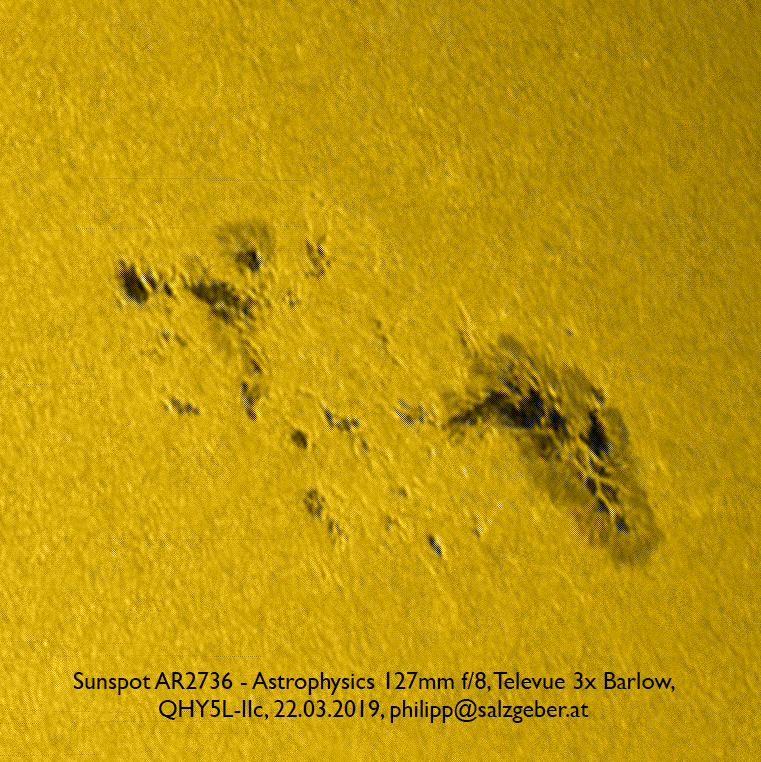
After a few very quiet months the sunspot AR2736 grew to a considerable size and shows quite a bit of detail in this close-up image. The image was taken on 22.03.2019.
Read More